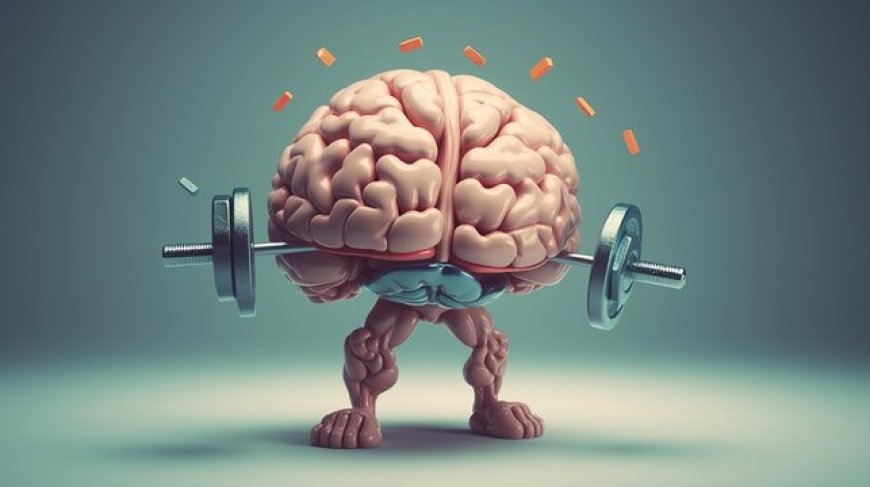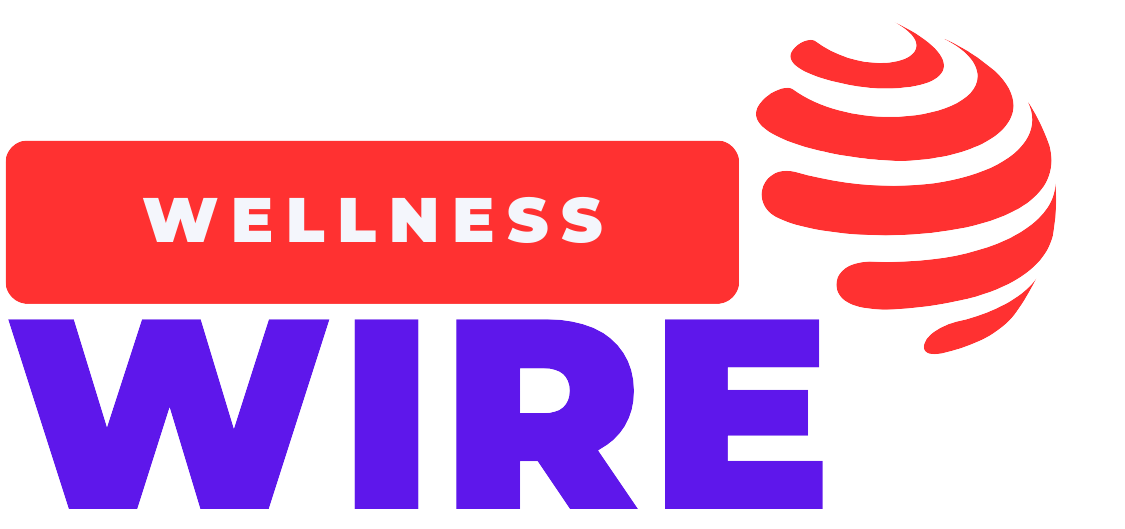Neurofitness Uncovered: Can You Train Your Brain Like a Muscle?
Discover how neurofitness combines brain training with physical exercise to boost memory, focus, and emotional resilience. Backed by science and proven strategies.

Neurofitness: Can Brain Training and Exercise Be Combined?
What if your brain could get stronger, faster, and more resilient—just like your body at the gym? That’s the bold promise behind neurofitness, a growing field where cognitive science meets physical wellness. By combining mental exercises with physical workouts, researchers suggest we can significantly improve focus, memory, emotional balance, and even prevent cognitive decline.
But is this just another wellness trend, or is there solid science behind training the brain like a muscle? Let's dive into the world of neurofitness, separating fact from fiction—and exploring how brain training and physical exercise might just be the ultimate combo for mental and physical performance.
What Is Neurofitness?
Neurofitness refers to the practice of strengthening the brain’s performance using a blend of mental stimulation, physical activity, mindfulness, and neurological feedback. Think of it as a brain workout that incorporates everything from puzzle-solving and memory games to HIIT workouts, yoga, and meditation—all designed to optimize cognitive function and emotional regulation.
The goal? To improve not just IQ or memory, but resilience, focus, mood, and decision-making.
The Science Behind Brain Training
Contrary to what brain training apps claim, not all cognitive exercises are equally effective. However, research does support the idea that certain mental activities can stimulate neuroplasticity—the brain’s ability to reorganize and form new neural connections.
According to a study by Harvard Health Publishing, activities like learning a new language, playing a musical instrument, or practicing complex strategy games can boost brain function and delay age-related decline.
However, combining mental training with physical exercise creates an even more powerful neurological cocktail.
How Physical Exercise Fuels Brain Health
Exercise isn’t just good for your heart or waistline—it’s essential for your brain. Cardiovascular activity, strength training, and yoga have all been linked to:
-
Increased blood flow to the brain
-
Improved memory and executive function
-
Elevated mood due to endorphins
-
Reduced risk of neurodegenerative diseases like Alzheimer's
In fact, a landmark study published in the journal Neurology (source) found that middle-aged adults who exercised regularly had better cognitive performance and lower markers of brain aging.
Neurofitness in Practice: How to Combine Brain and Body Training
Combining cognitive tasks with physical movement creates a dual challenge that enhances neurogenesis (the creation of new brain cells). Here’s how to apply it:
1. Cognitive-Physical Pairing
Try solving math problems or memorizing word lists while on a treadmill or stationary bike. This increases neural complexity, pushing both hemispheres of your brain to cooperate.
Example: The BrainHQ program by Posit Science incorporates adaptive brain-training exercises designed by neuroscientists, and some modules encourage performing tasks while moving.
2. Dance and Coordination Workouts
Zumba, martial arts, and choreography-heavy classes force your brain to follow patterns and stay alert. This kind of coordinated movement is especially helpful for improving the prefrontal cortex function, which governs attention and planning.
3. Yoga and Mindfulness Training
Practices like mindful movement and meditative breathwork activate the parasympathetic nervous system, reducing stress and improving attention span. Platforms such as Headspace and Calm offer guided programs combining mindfulness and gentle movement.
4. Gamified Workouts
Apps like FitMind and Neurotracker are designed to combine cognitive performance tasks with physical exercise—especially helpful for athletes and high performers.
Who Can Benefit from Neurofitness?
The beauty of neurofitness is that it's universal—but especially beneficial for:
-
Students and professionals seeking better focus and memory
-
Athletes looking to improve reaction time and coordination
-
Older adults aiming to preserve cognitive health
-
People recovering from brain injury or trauma
-
Individuals managing stress, anxiety, or ADHD
A 2022 meta-analysis in Psychological Bulletin (source) showed that combined mental and physical training improved overall cognitive performance more than either intervention alone.
Potential Limitations and Cautions
While neurofitness holds promise, it’s not a miracle cure. Not all brain games are backed by science, and over-reliance on apps can oversimplify complex brain functions. Also, the mental health benefits of neurofitness shouldn’t replace clinical treatment when needed.
The Federal Trade Commission (FTC) previously cracked down on some brain training companies for misleading health claims (source)—highlighting the need to be critical and informed.
The Future of Neurofitness
From neurofeedback headsets to VR cognitive simulators, the future of brain training is becoming more immersive. Companies like Muse are now offering EEG headbands that provide real-time feedback on brainwaves during meditation and focus sessions.
Meanwhile, the integration of AI-driven coaching, biometric tracking, and gamified learning environments is helping personalize neurofitness regimens for individual needs.
As research deepens, the concept of neuroathletes—people training both brain and body in unison—is fast becoming a reality in elite sports, education, and mental health care.
Final Thoughts
The idea that you can train your brain just like your biceps is no longer just a metaphor. Neurofitness is real—and it’s evolving. By combining science-backed cognitive exercises with physical movement, we can enhance memory, improve emotional balance, and potentially future-proof our minds.
In an age where mental clarity is just as valuable as physical strength, neurofitness offers a holistic path forward—a smarter, sharper, and more resilient you.
What's Your Reaction?
 Like
0
Like
0
 Dislike
0
Dislike
0
 Love
0
Love
0
 Funny
0
Funny
0
 Angry
0
Angry
0
 Sad
0
Sad
0
 Wow
0
Wow
0



















































